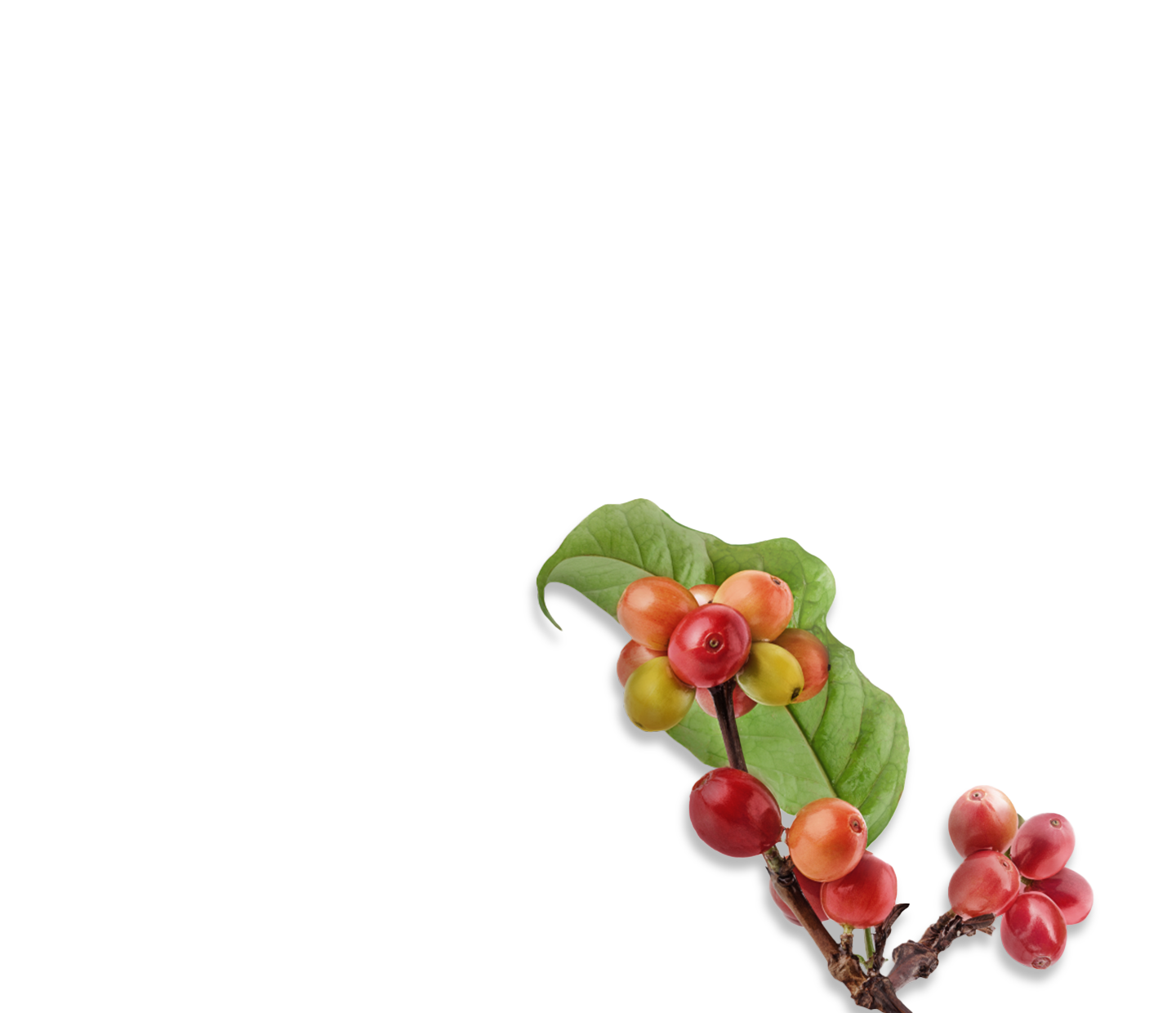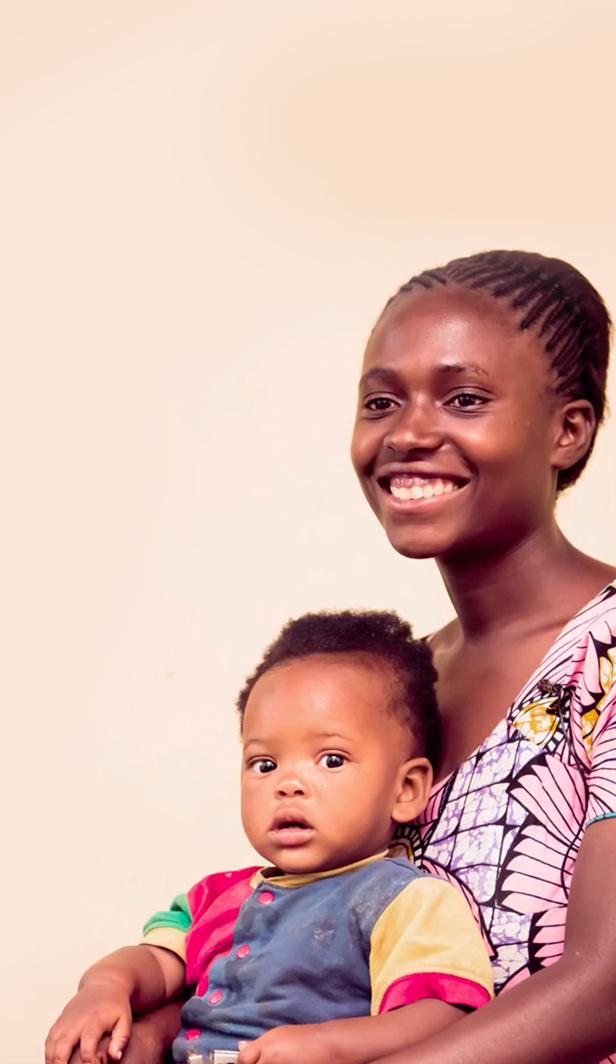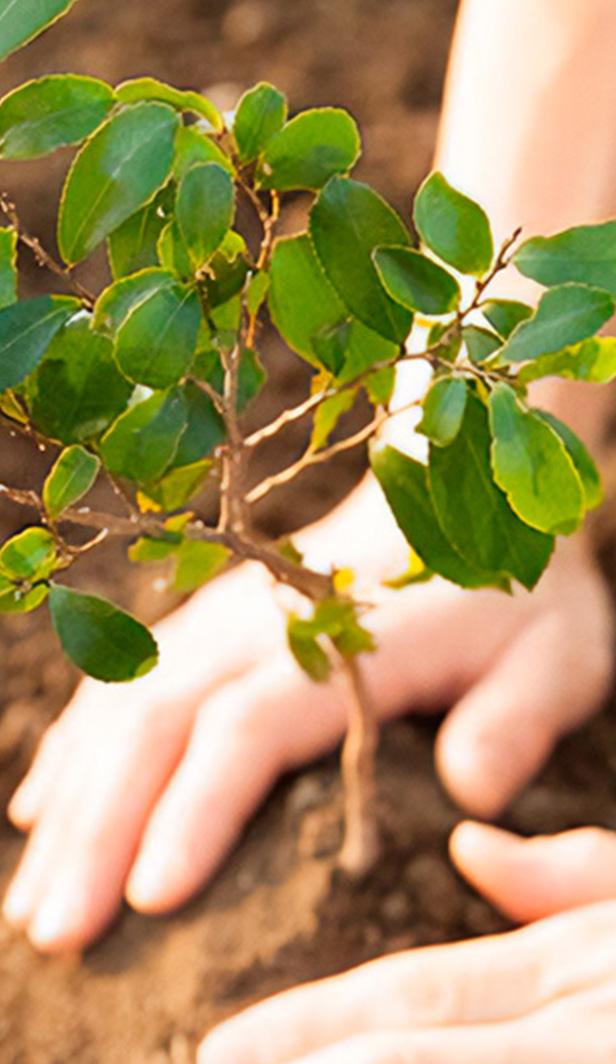Where does coffee come from?
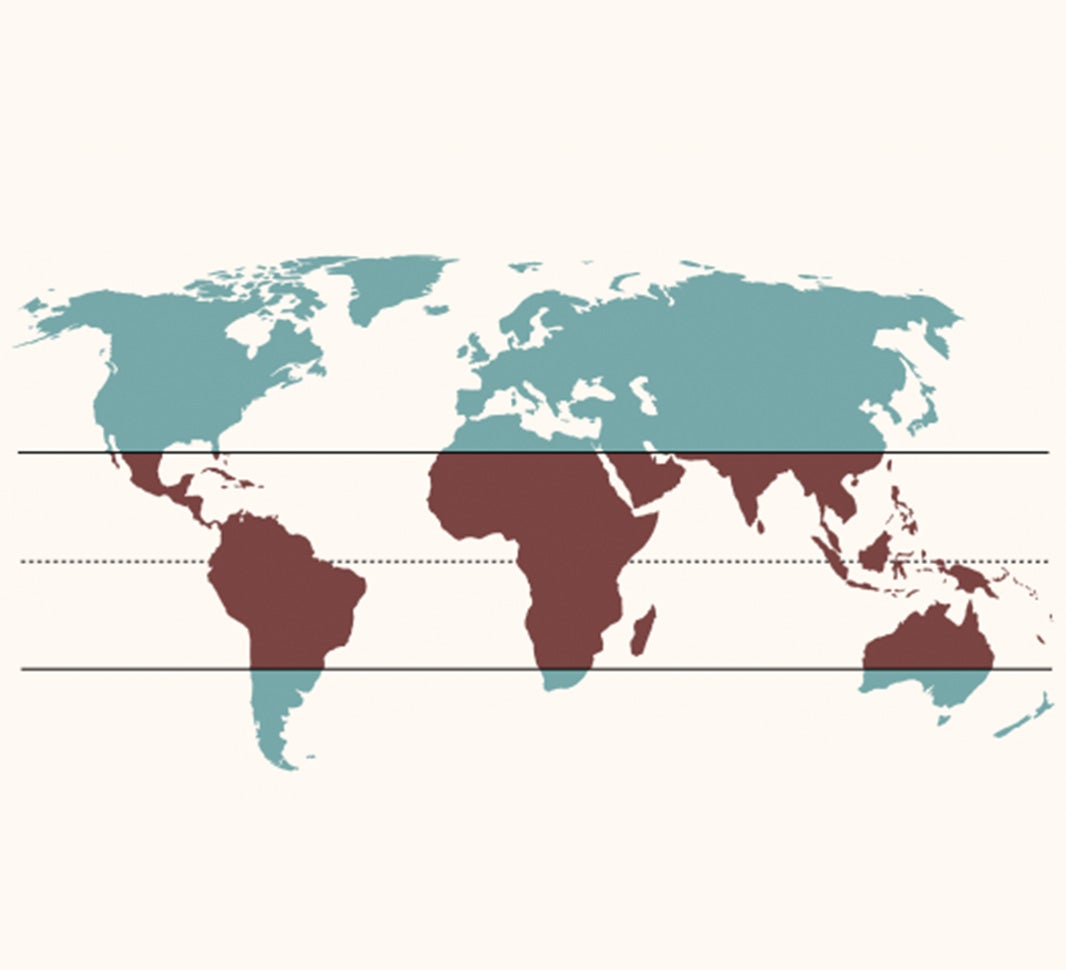
African coffee
African coffee is thought to be some of the best in the world due to its wonderfully distinctive flavour. Traditionally, African coffee boasts the following characteristics:
- Syrupy
- Medium acidity
- Medium to dark roast
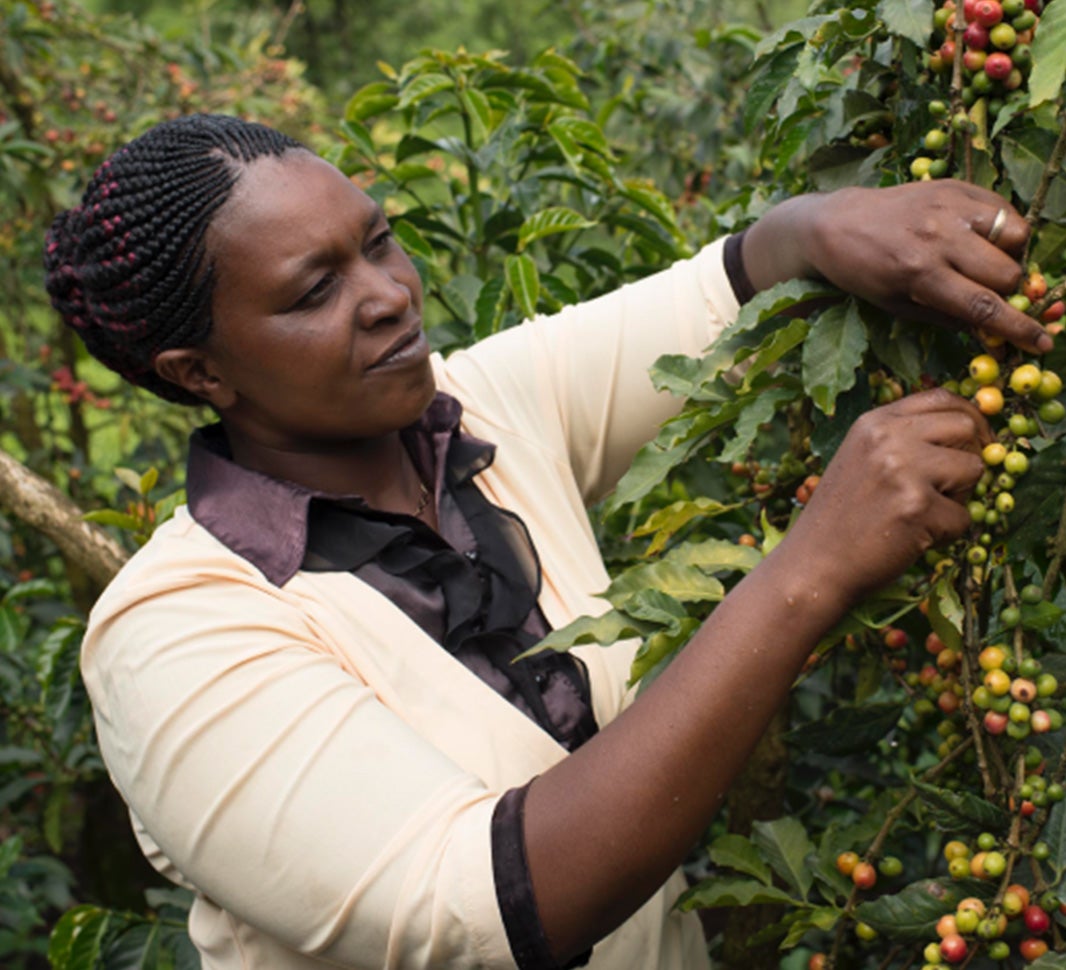
Did you know coffee is grown in more than 50 countries around the world? It’s known as the ‘coffee belt’ and includes Africa, Latin America and Asia.
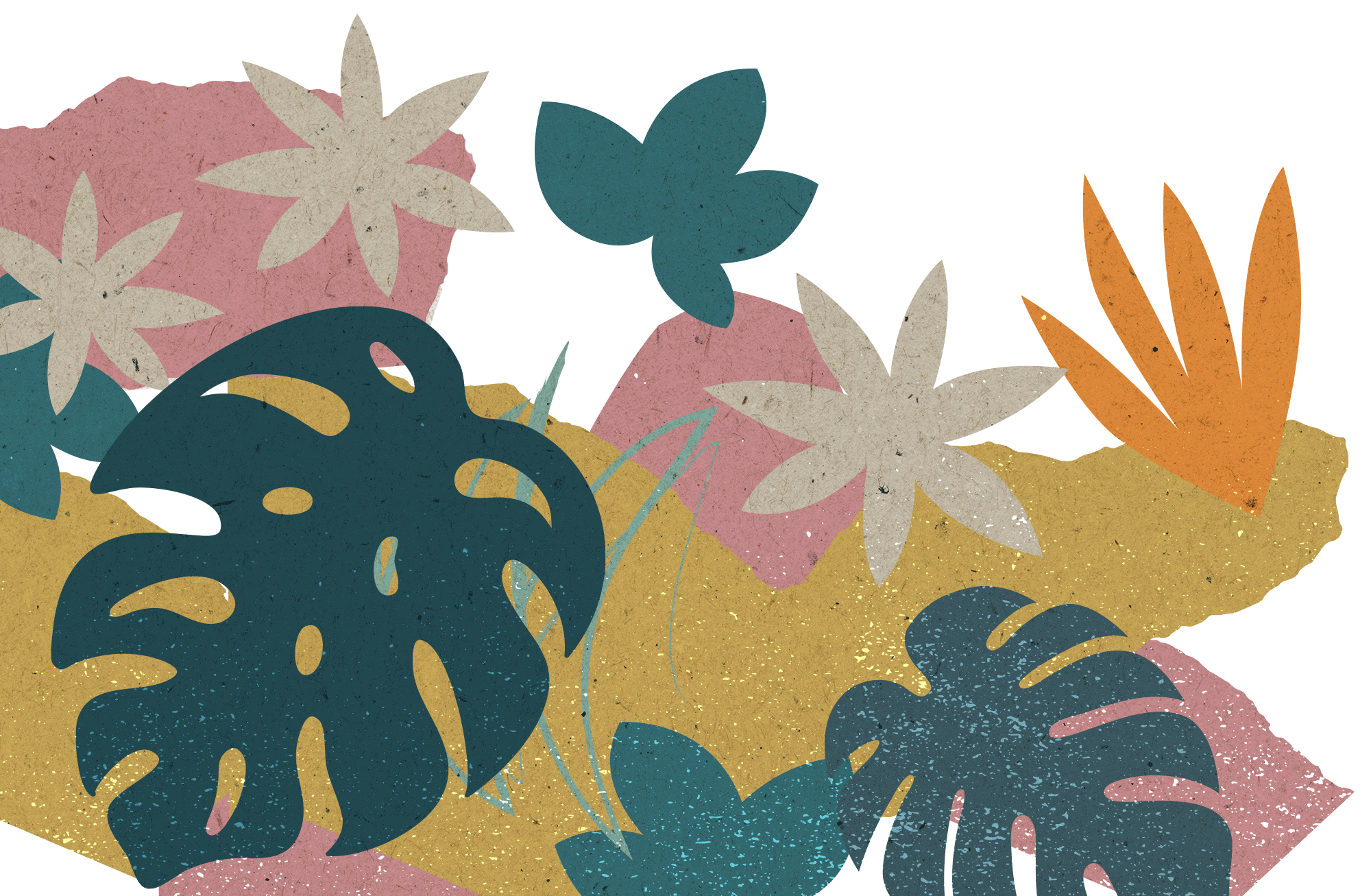
Latin American coffee
Considered one of the coffee capitals of the world, coffee from Latin America makes up most of the blends found on supermarket shelves today. The flavour is universally enjoyed which is mostly attributed to its well-rounded taste. A few of the key characteristics of Latin American coffee are:
- Nutty
- Low acidity
- Light or medium roast
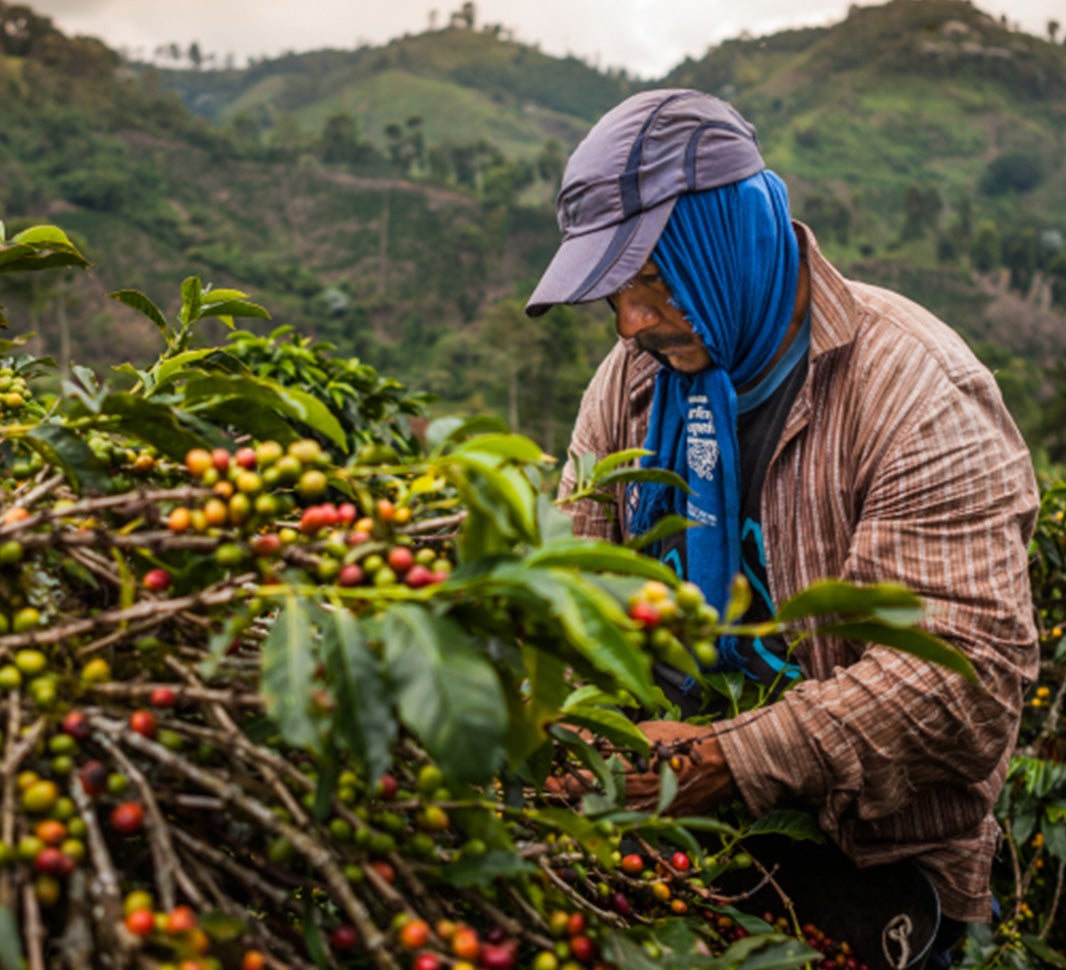
Asian coffee
Asia is home to some of the most unique coffee blends with bold, unique flavourings unlike any other. Typically, you can expect Asian coffee to have the following characteristics:
- Earthy
- Gentle acidity
- And more often than not made into a dark roast®
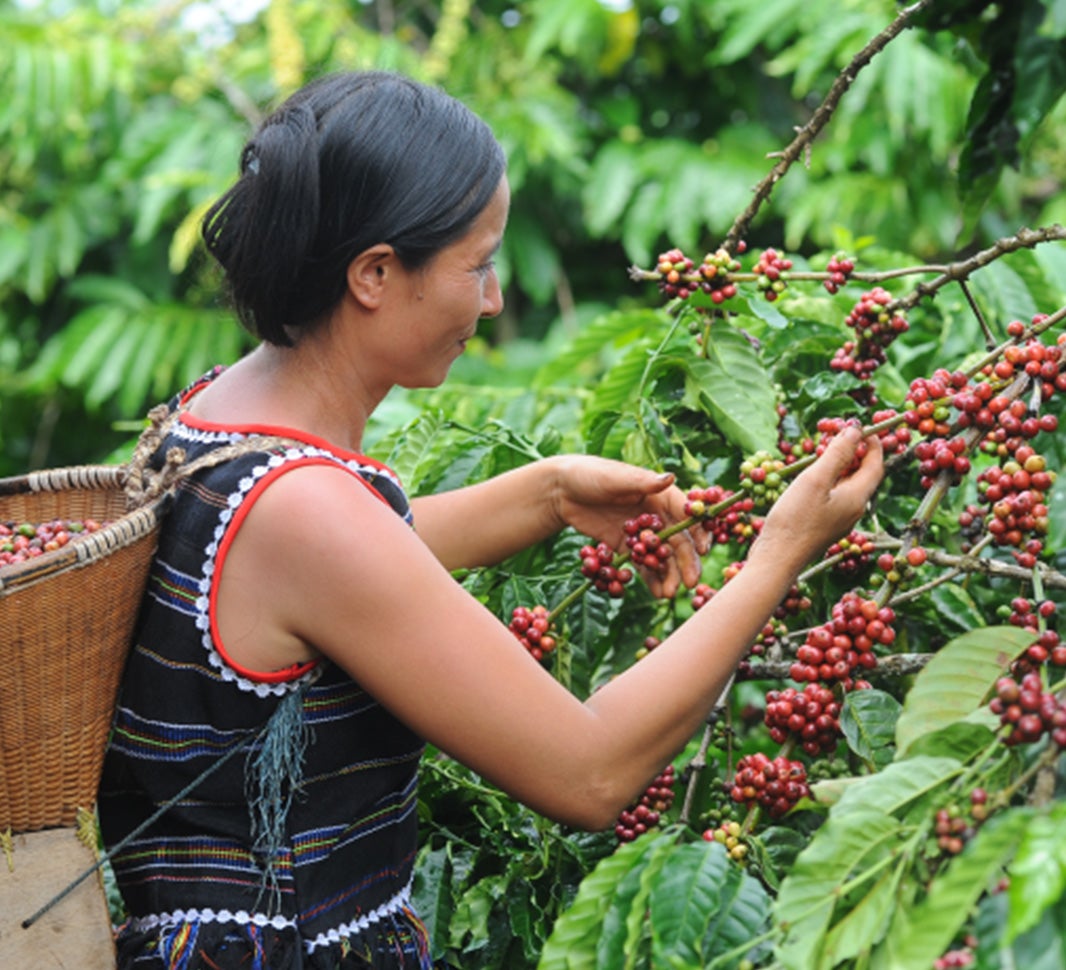
Still deciding which region you want to send your taste buds to next? Discover NESCAFÉ® GOLD Origins Colombia, the home of our single origin. Made of handpicked 100% Arabica beans that combines both a fruity and delicate flavour, for a taste that stirs your senses.
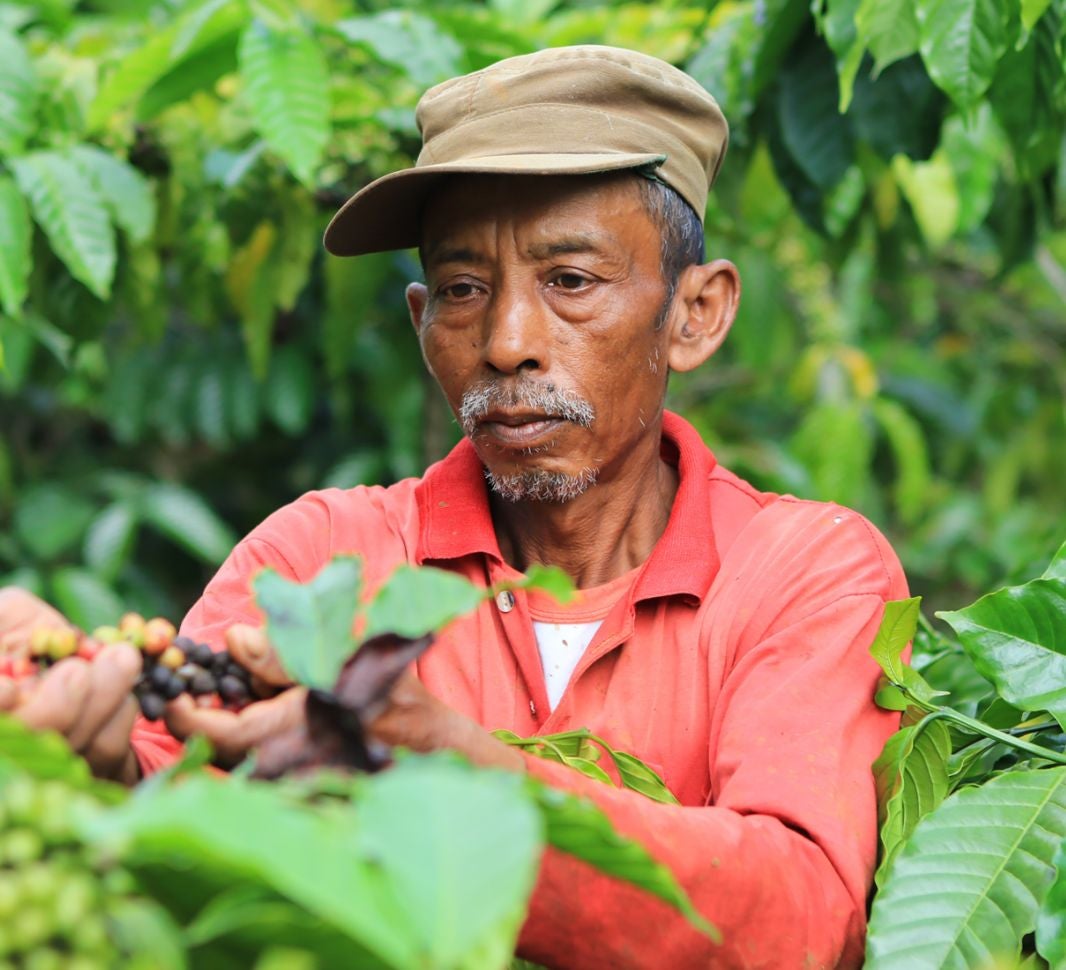
Today’s community favourites


